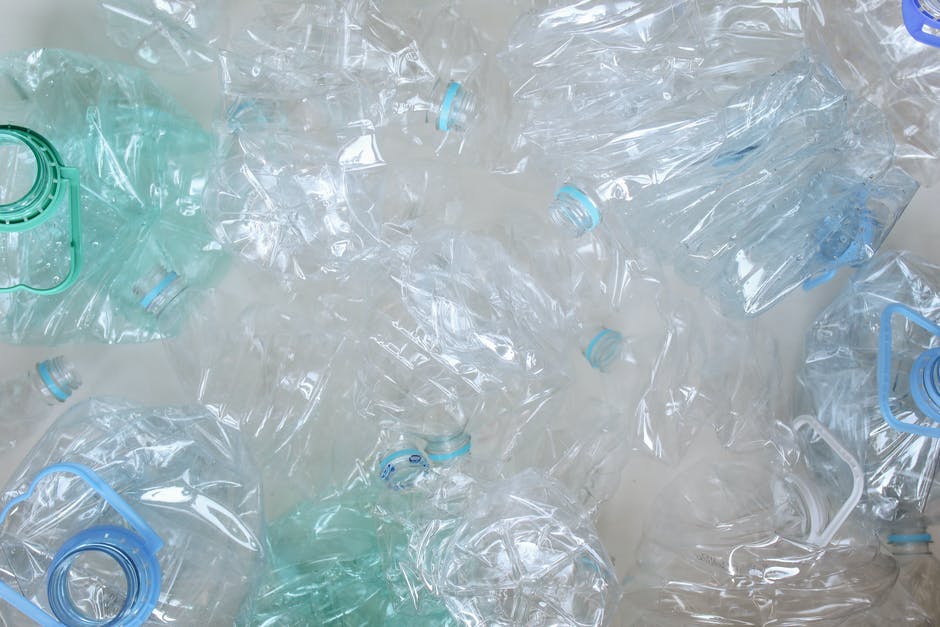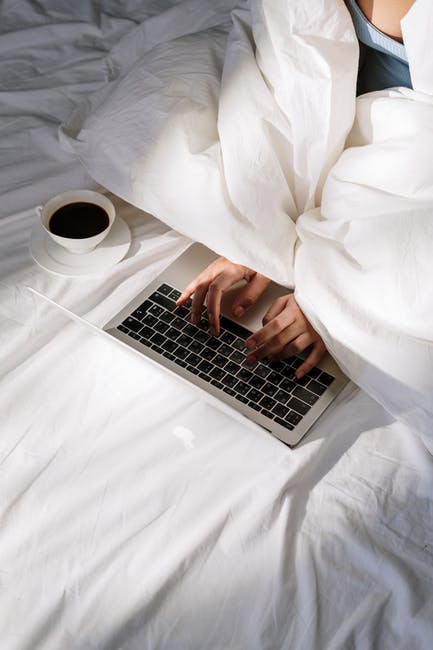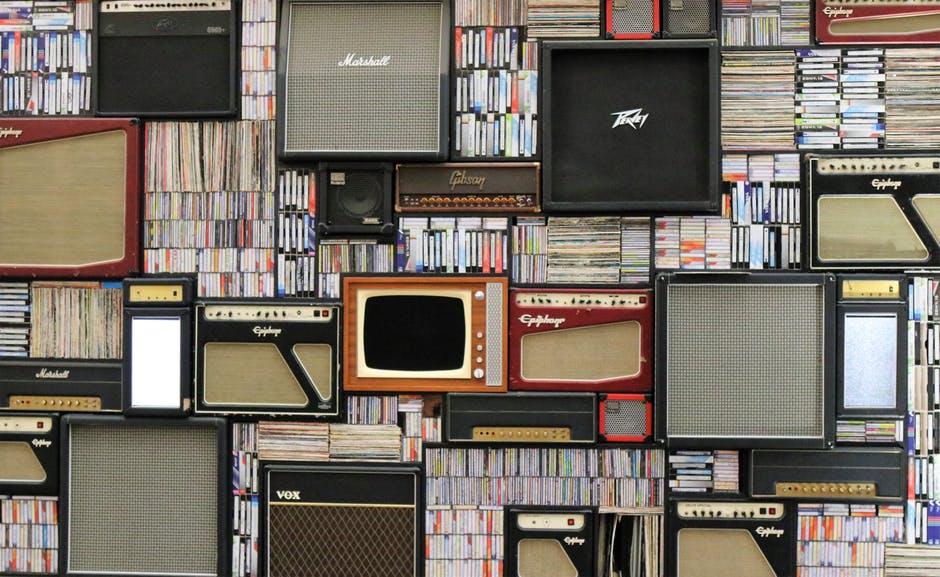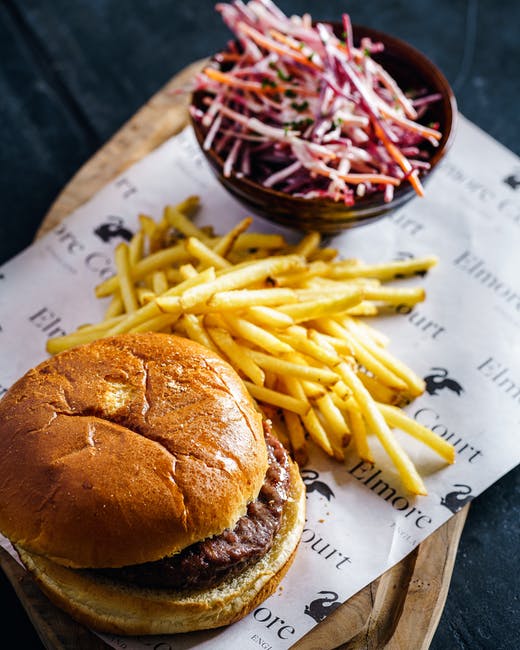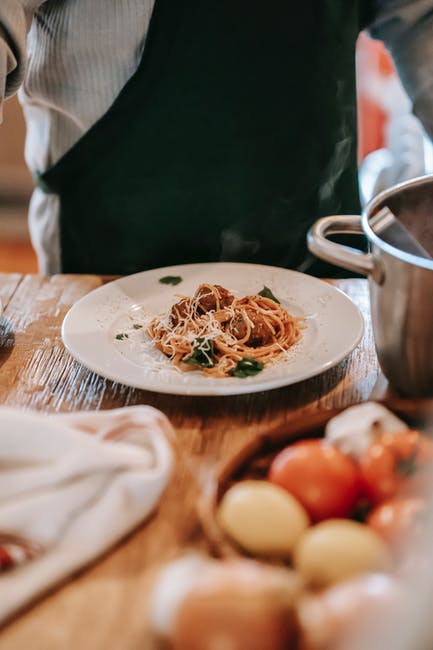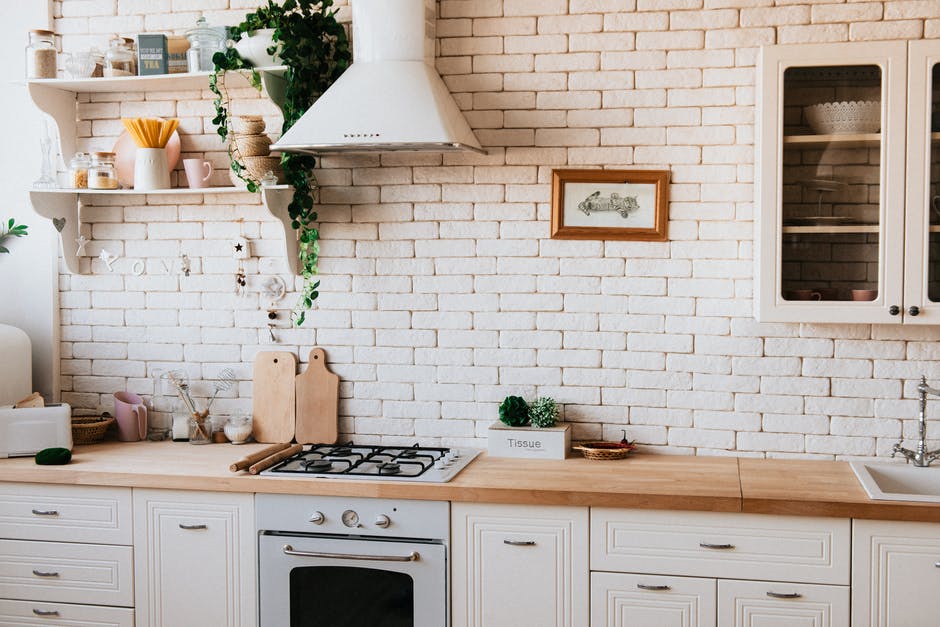Here's the sad truth:
Plastic injures the groundwater, forces other pollutants, perils wildlife, poisons the food chain, and affects our health. Exposure to harmful chemicals leach out of plastic can cause serious health issues such as impaired immunity and cancer.
There's never too late to save ourselves and the environment we're living in. Why not adopt these plastic alternatives instead and create a sustainable day-to-day life?
Reusable Shopping Bags
Perhaps the most common substitute for plastic bags we have today. Fiber, leather, and cotton are some of the alternatives. You can use them for putting all your shopping groceries, then afterward fold into small pieces, store, and use the next day again. Such a real convenience!
Glass
It is generally sand-made and renewable, which can come in contact with your body and food since it doesn't have any chemicals. You can easily recycle it too! For example, glass jars can be used for storing foods and ingredients. They don't leak and are food-safe.
Mesh
You can create a shopping bag out of mesh, such as when buying vegetables and fruits. It is spacious and flexible, plus easy to carry around. You can even recycle it too when its useful life comes to an end.
Recycled Paper and Cardboard
Everyone is also using these sustainable materials, especially in grocery stores. They are also easier to recycle. Even when moving out, you can use unused or recycled cardboard boxes to put stuff into.
DIY Denim
Well, why not? People have been experimenting with it. Now's your turn to let those creative ideas flow out of your mind. Make and design denim shopping bags to promote recycling and save tons of money!
Talking about the most advanced substitutes...
Bio-plastic
It is made from waste products from vegetable production (e.g., corn). The vegetable is broken down into polylactic acid, which is eventually used for producing food-grade containers, drinking bottles, etc.
Milk Protein
The milk plastic or protein is made much sturdier, easier to break down, and eco-friendly. It is used to make furniture cushions, insulation, and other products.
Liquid Wood
Liquid wood acts, looks, and feels like plastic; however, liquid wood is biodegradable and ideal for numerous product packaging. Companies make golf tees, toys, etc. out of this material.
Polyhydroxyalkanoate (PHA) Polyesters
This one has a close resemblance to man-made polypropylene. You will typically find them in plastic films, injection-molded bottles, and packaging.
Polycaprolactone (PCL) Polyesters
Biomedical devices and food contact products (e.g., trays) are among the items made of PCL. It is a synthetic polyester that completely degrades after being composted in six weeks. You'll only find it rare due to its high manufacturing expenses.
Polylactic Acid (PLA) Polyesters
They are used in packing bottles and materials, plastic films, besides an alternative for the polystyrene utilized in plastic cutlery as well as food containers and plates.
Browse through statistics, and you'll surely utter the word "really?". Like for instance, reports are saying that by 2050, we can expect oceans to be made up of more plastics than fish. Shocking, yet it is not impossible to happen, especially in today's growing plastic pandemic.
That's why you should say no to plastic bottles, cups, or bags as early as now and start embracing these excellent alternatives. Let our mother nature heal!
Don't forget to join our discussion below! Let us know what you think.



